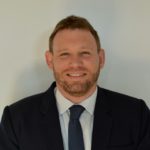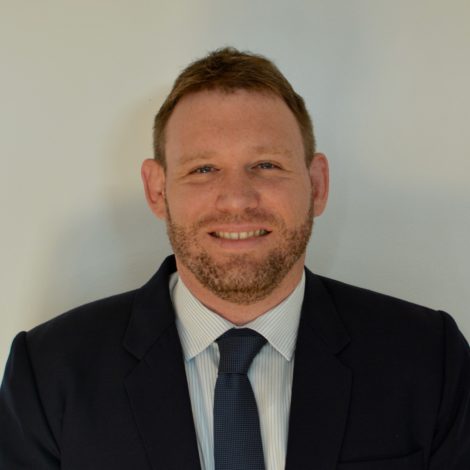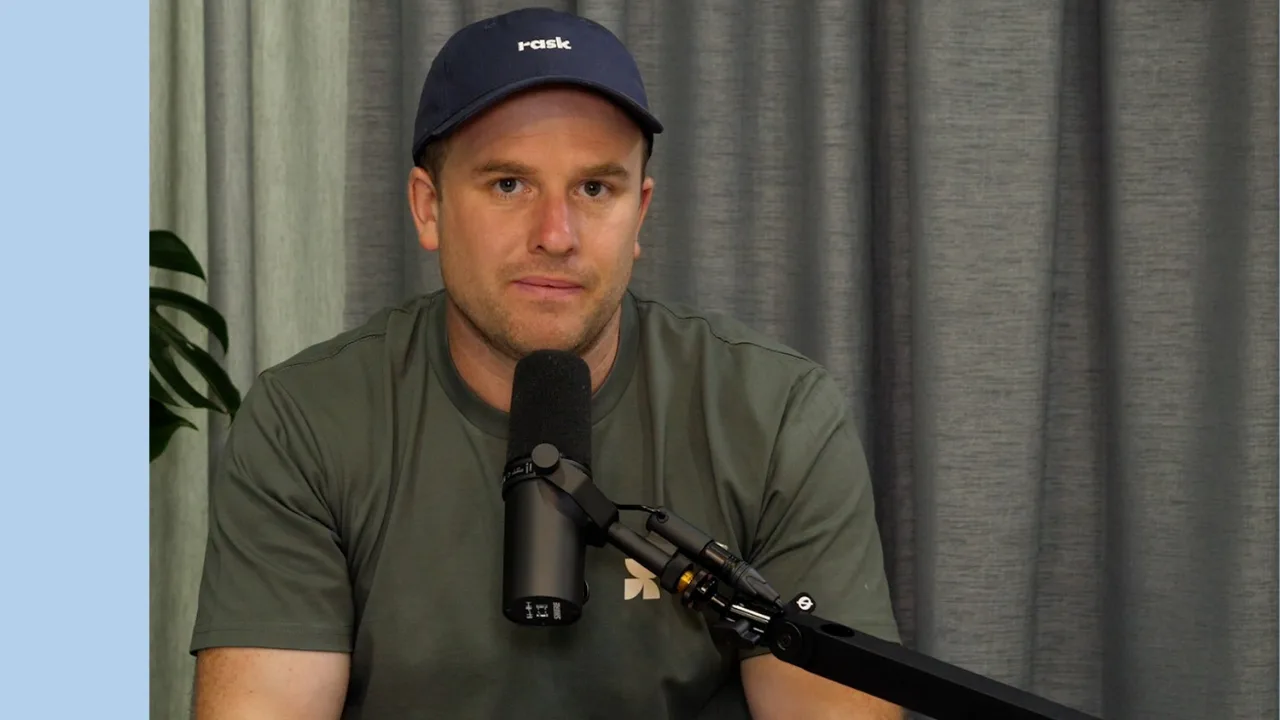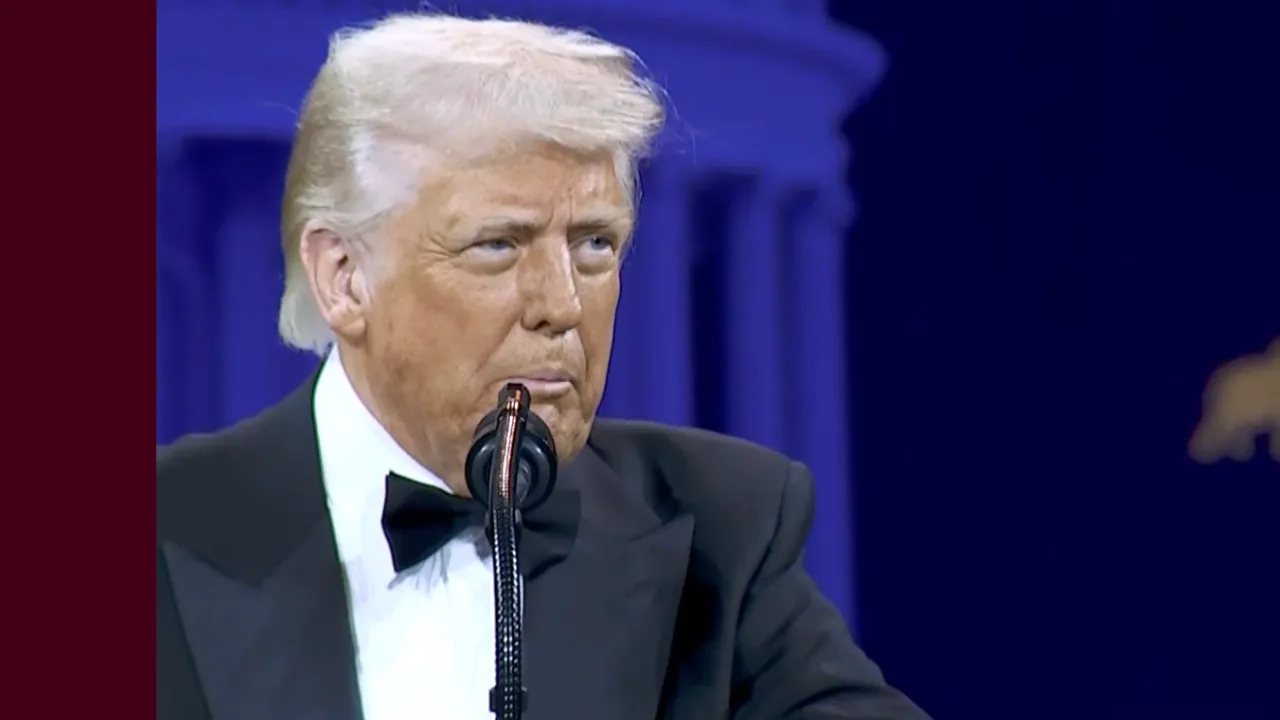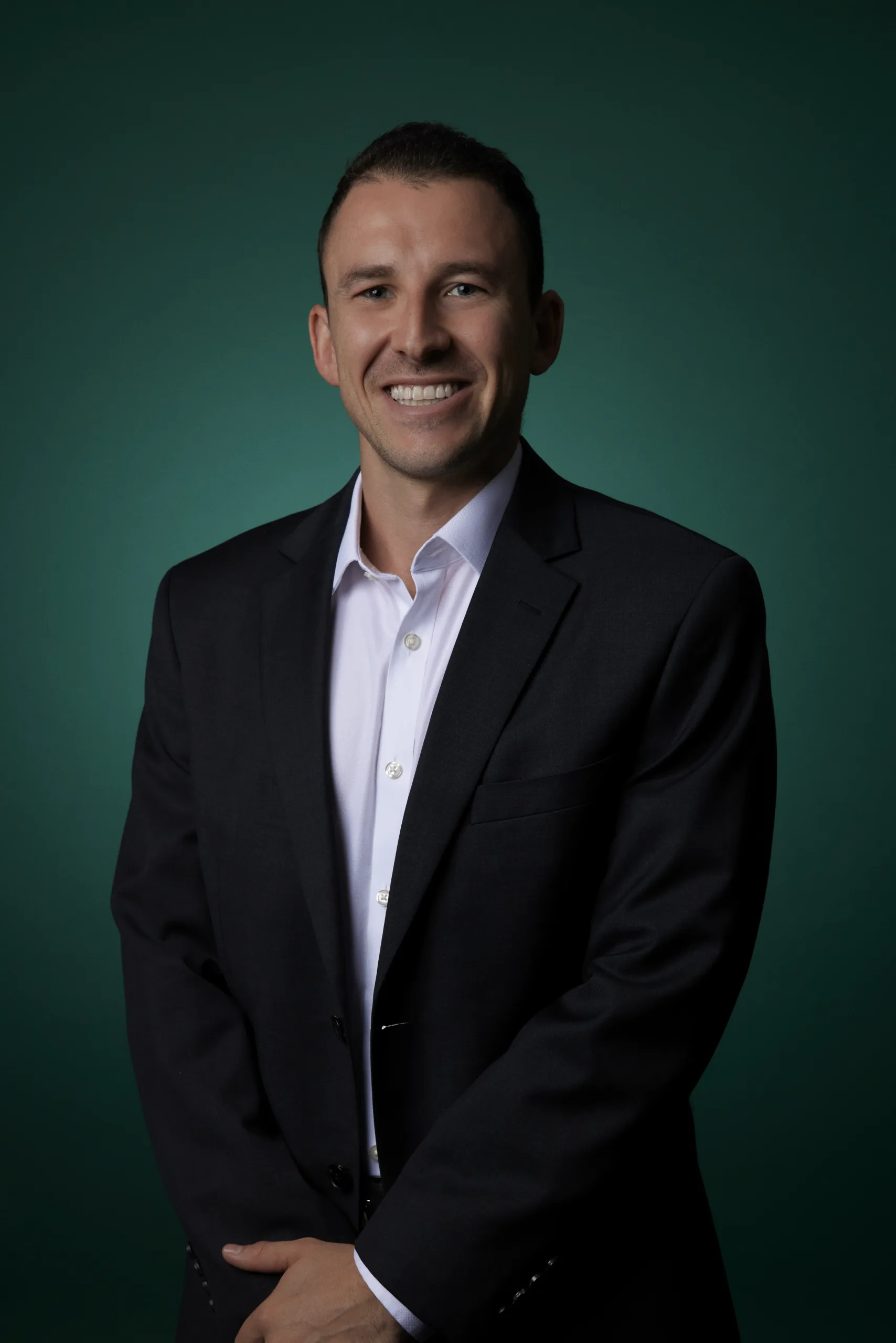Cochlear Ltd (ASX: COH) is often referred to as one of the best health care companies in the world and being the beneficiary of bilateral Cochlear implants myself, I can only endorse this sentiment as it has truly been life changing for me.
My Situation
I had meningitis at 13 months old which left me with a profound hearing loss in the right ear and a moderate-severe hearing loss in the left ear. With the use of a hearing aid on the left ear, I could hear well enough and went to a mainstream school to complete my high school education.
When I was 23 years old, the hearing in my left ear started to deteriorate and it quickly got to the point where communicating with people became a real struggle as my hearing moved into the severe-profound range which makes speech incredibly difficult to understand.
I was working in a remote mining town of Mount Isa with no family nearby where I became depressed and quit my full-time job for part-time work, which was just enough to pay my bills.
As there were no hearing specialists in the town I was working in, I relocated back to my home town where I could better access hearing specialists.
My First Implant
It took time to make the decision to get a Cochlear implant.
At the time I was working full-time and the thing I loved most of all was a sport called Brazilian Jiu-Jitsu, which had lifted me out of depression and made my life meaningful again. Getting a Cochlear implant meant that I would have to give this up as I couldn’t play full-contact sports for risk of damaging the implant.
I eventually came around to deciding to get a Cochlear implant, but there were still things to be done which took time – booking in and consulting an audiologist, various tests such as audiograms, a balance test, an MRI and consulting the surgeon who also carried out some tests and assessments of his own, including a psychological assessment for suitability.
It sounds simple on paper, but the complexity of the decision making is hard to portray. The balance test revealed I had no balance in one ear and that after surgery I could possibly lose my balance completely.
There was also no guarantee the operation would be successful. As I had no hearing in my right ear which was being operated on for 22 years, the pathways in the brain needed to be mapped and it felt somewhat speculative as to the level of success I would achieve with the implant.
As I had a job working in the field, getting time off work to complete these tests was extremely difficult. I was also under severe financial pressure with a mortgage and interest rates at 7%+ around this time. I had to sell my house to relieve the financial pressure for time off work post-surgery because there was no other way I was going to be able to survive financially.
Choosing A Cochlear Provider
Part of the decision to get an implant entails choosing which of the three major companies you want to use:
- Cochlear
- Med-El, or
- Advanced Bionics.
At the time, I only had a choice between Cochlear and Med-El.
Given Med-El is based in Austria and is privately owned, I thought one of the major cons was not knowing how much they spend on research and development, or their financial strength. I couldn’t find any other people who had a Med-El implant either.
For Cochlear, the amount of money they spend on research and development was the main factor for me. I figured that I will be the beneficiary of their research and development for many years to come as they improve the external processors and continue to upgrade technology. There was also a sense of comfort in speaking to other people who had an implant from Cochlear, who could vouch for and endorse it.
Funding An Implant
As I had no private health insurance at the time, I was placed onto a public waiting list with an estimated wait time of 9-12 months. However, Cochlear voluntarily recalled their CI500 implant and I was operated on 2 months later as I assume many people opted to delay surgery after the recall.
As a side note, with the recall and the subsequent fall in Cochlear’s share price, I took the opportunity to buy Cochlear shares in my retail superannuation fund. I have since sold the shares and no longer own as I set up a self-managed super fund.
Surgery
I was very fortunate to have my surgery performed by Australia’s pioneering cochlear implant surgeon, Professor William Gibson, also known as “Prof”. My surgery was a success and I went home the same day.
Switch On
After surgery, there is a waiting period of around 3 weeks before the implant is “switched on”. This allows the swelling to reduce, the wound time to heal and the implant time to bind into place.
When I was finally switched on, it initially felt like an anti-climax. All I could hear was metallic beeping noises which sounded nothing like what I knew normal sound to be. I remember thinking, “how am I meant to hear with this”!?!
Learning To Hear Again
As I was told before surgery the brain needs time to learn how to interpret the sounds and map pathways. One of the first things I heard that resembled a sense of normalcy was the blinkers in my car.
Suddenly, the metallic beeps had transformed into something closer to the natural sound I remembered. It wasn’t completely natural as it still had a hollow metallic element to it, but I remember smiling as I recognised the sound of my blinkers for the first time in several years.
From there, with regular audiologist appointments and reading out loud to myself every day and watching movies with subtitles, my ability to hear continued to progress over the next 18 months or so. It’s been over 7 years since I got my first Cochlear implant and I now go for a checkup once every 12 months.
It truly is incredible that my implants has given me the ability to hear again. Thanks to Sydney Cochlear Implant Centre, which is a charitable organisation, they provided all their services via bulk billing and Medicare. A special thank you to my surgeons: Professor Bill Gibson, A/Professor Cathy Birman and my audiologists: Carol Amos, Rachel Attard.
